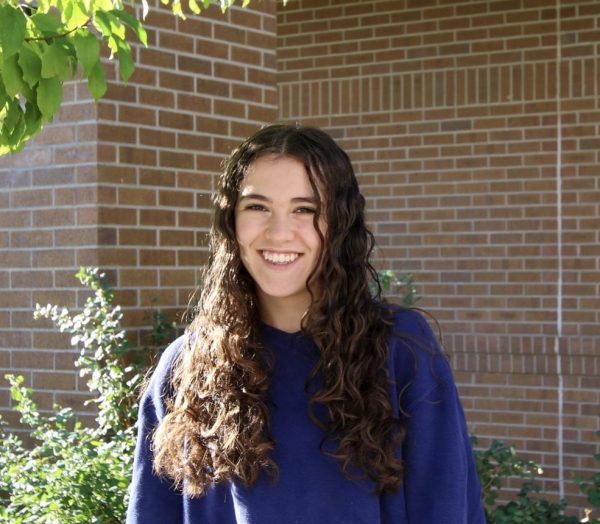Property taxes have been steadily increasing in Salida and large portions of the rest of Colorado for the past few years. This has an effect on the Salida School District as they are funded in part by property taxes.
Business manager of the school district Aaron Dobson explained how the state allocates money to school districts. He noted that local communities certify mills, which allow school districts to collect money from local property taxes. This means that the school district ends up getting chunks of money sent to them from all the property taxes collected in Salida and Chaffee County. If the amount that the district receives from these local property taxes covers the total amount that the state says we should get for funding, then that is all the revenue that Salida Schools will get. If the revenue collected in property taxes doesn’t cover the district’s costs, then the state sends us extra money every month to cover that difference. That’s called the state equalization.
Dobson explained that in the past, Salida has not received a large amount of money locally, and most of the funding for the school district has come from the state. In recent years, this has begun to change. Although Salida will still receive the same amount of money regardless of how high the property taxes are, the time and manner that the school gets that funding is changing.
“The way the formula [state funding formula] works is still the same, but we are just getting less money from the state,” he said.
Dobson went on to explain that the reason this changes things is because the state gives local school districts their money over 12 months, whereas property taxes aren’t dispersed until March and May. He explained that this means that all of a sudden our school district won’t receive money until the end of the year. In Salida, this formula has recently changed so that the bulk of our school district’s income is mostly coming from local sources. This means that the district doesn’t get their operational money until later in the year. This creates a challenge because in the meantime the district has to pay staff, buy supplies and pay utility costs like heat and electricity.
Currently, the Salida School District’s plan to combat this is to take out an interest free loan from the state to pay for the school’s needs until property taxes come in, but as property taxes around the state rise, Dobson isn’t sure if this strategy will work in the long term.
“The thing that we are most worried about though, and this might change how we have to operate, is that there used to be about 24 districts that did the interest free loan program with the state, and this year there’s gonna be closer to 50. […] So now there’s gonna be a lot more people tryna take advantage of that program. We asked the state if they’re ready for that, and they don’t have an answer to that yet,” Dobson said.
In the future, this might force the state to change how they fund school districts. Dobson has a few ideas of changes that might help solve this problem. One thing he is working on is improving the grant program. Currently, Colorado has a grant program in place as an extra way to fund schools. Unfortunately, gaining access to those grants right now requires a lot of reporting, and the amount of time and effort that goes into hiring people to complete that reporting can make the grant lose value.
“One of the things I’m pushing a little bit on the state and the people who are working on the finance formula, is that we should get rid of the grant program and try to find a better way to distribute that money where we can actually utilize it more easily,” Dobson said.
Several changes need to be made to adapt to the increasing property taxes in Colorado, but through building good relationships with legislators and advocating for Salida School District, Dobson believes that the district will be able to work through these changes in the years to come.


